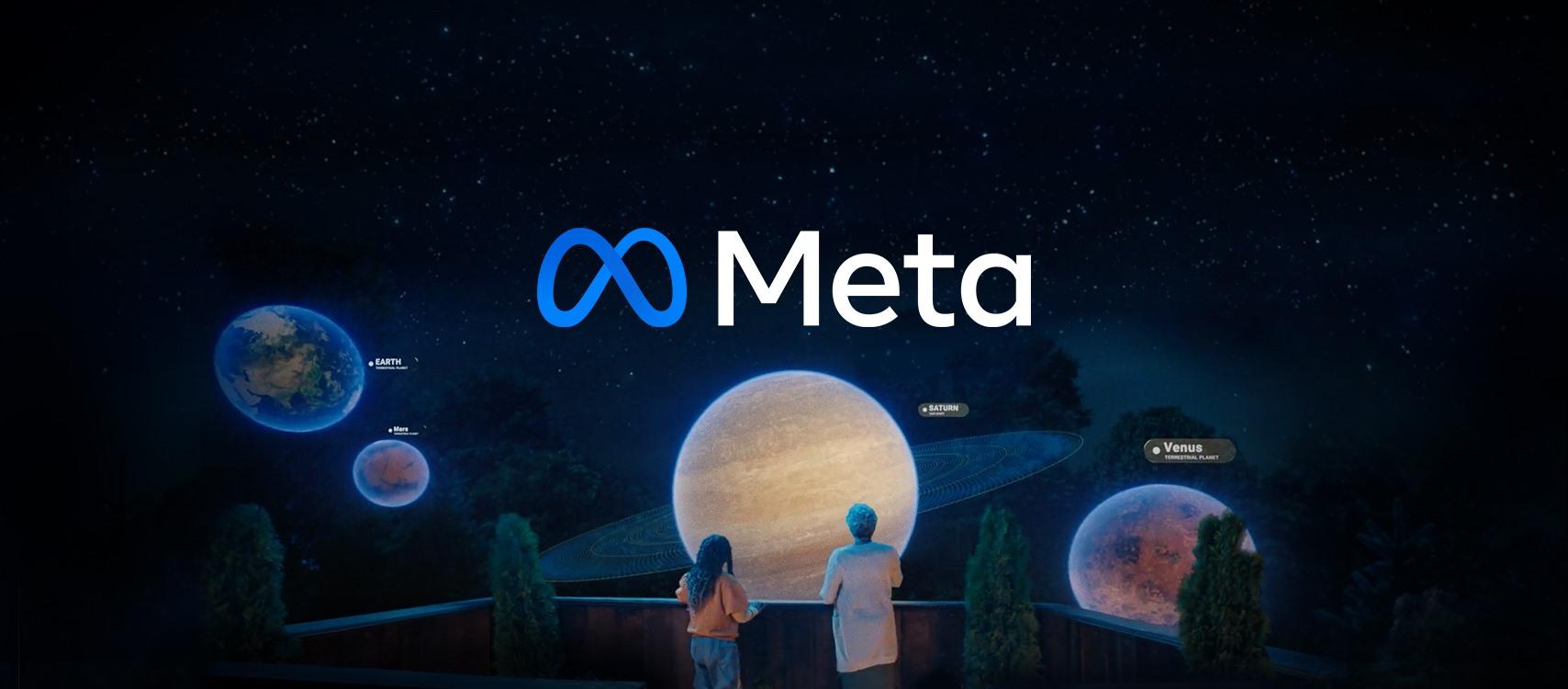When Will the Metaverse Materialize? Users Await Investment Results
With all these metaverse investments, when will internet users be able to use these virtual reality advancements? Here's what we know about the metaverse timeline.
Feb. 28 2022, Published 12:49 p.m. ET
Web 3.0 and the metaverse are in their investment eras. In early February, Meta Platforms (META, formerly Facebook) announced that it invested $10 billion in metaverse advancements, although the company has yet to reap any reward.
For users, parts of the metaverse are here (think Decentraland and Roblox, for example). However, many metaverse companies have grander goals for virtual reality. When will the most sought-after features of the metaverse arrive?
What does a fully fledged metaverse mean?
If you ask some people, the metaverse is already here. Video game worlds like Fortnite and Minecraft may be two-dimensional, but gamers say they’re grounds for metaverse exploration.
Others say the metaverse isn’t just an alternate reality, but one that's deeply immersive. If you view the metaverse as something that combines computers, cloud data, virtual reality accessories, and blockchain technology, we’re still en route.
The estimates vary for upcoming metaverse releases.
Microsoft (MSFT) plans to begin rolling out Mesh, its three-dimensional workplace integration, this year. Microsoft Teams expects to have a Mesh integration that will enable colleagues to communicate and collaborate in virtual environments with avatars. Microsoft’s Xbox games are likely to get a metaverse boost as well, but the big tech company hasn't provided a timeline yet.
Meanwhile, Meta Platforms is working on its own social metaverse: Horizon. The space, which officially launched in late 2021, is poised to grow beyond its current offerings. Virtual concerts, events, and more will be the backbone of Horizon, which was in beta for a year and a half before opening its virtual doors. Developments are still, well, on the horizon.
Horizon has critics, like Russia-bound American whistleblower Edward Snowden, who called it “a derivative, lifeless world full of derivative, lifeless people.” Advancements in the years ahead may change this.
If you define the metaverse as 3D and immersive, it’s still years away.
Companies are making metaverse-oriented mergers and acquisitions. Look at Microsoft, which finalized the purchase of Call of Duty and World of Warcraft creator Activision Blizzard (ATVI) for $68.7 billion in January as an attempt to expand further into the immersive gaming space. Then there’s Within, an alternate reality startup that Meta bought in October 2021.
Ultimately, these consolidations show forward movement, but immersive metaverse investments remain just that: investments. It could be 2–5 years before everyday internet users are able to employ the metaverse for 3D virtual reality purposes. It could be even longer before large companies like Microsoft and Meta see returns on their investment in the form of profit.
The metaverse will likely be dispersed.
There's one question hanging over people’s heads. Will there be one big metaverse or a plethora of individual metaverses?
For users, a key benefit to the metaverse will be interoperability, and cross-platform integration is all but a must. However, creating individual metaverses will be speedier, and that integration may come later on. This makes sense in a competitive market, where many different players are racing to the unofficial finish line. There are already millions of activated virtual reality headsets in the world. For metaverse hopefuls, it’s just a matter of finding a deeply immersive space to use them.


